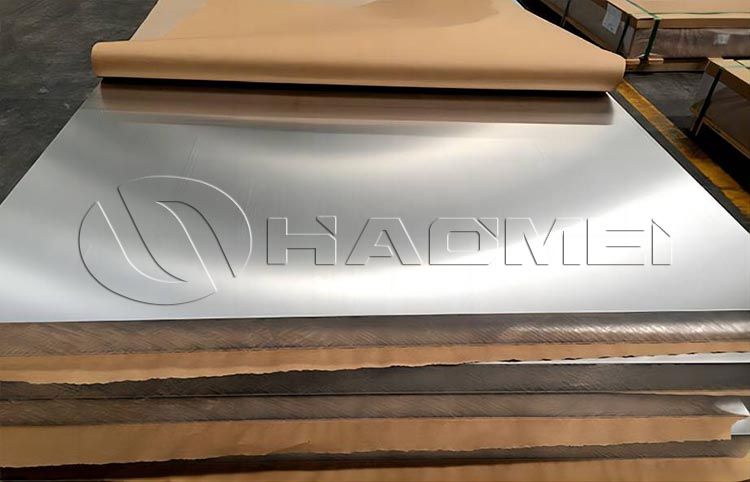
In the large family of aluminum alloys, 7075 aluminum plate stands out with its excellent comprehensive performance and is widely used in many fields with strict requirements on material performance, such as aerospace, automobile manufacturing, and mechanical processing. It has two popular tempers : t651 and t6.

7075-T6 process
The heat treatment process of material 7075 t6 aluminum mainly includes two key steps: solution treatment and artificial aging.
Solution treatment: Heat the 7075 aluminum alloy to a specific temperature range (usually 480-490℃) and keep it at this temperature for a period of time so that the alloying elements (such as zinc, magnesium, copper, etc.) in the alloy are fully dissolved into the aluminum matrix to form a uniform solid solution. This step lays the foundation for subsequent aging strengthening. The alloy after solution treatment has good plasticity and is convenient for subsequent processing.
Artificial aging: The alloy after solution treatment is quickly placed in water for quenching and cooling, and then aged for a long time at a lower temperature (generally 120-130℃). During the aging process, the alloying elements in the supersaturated solid solution gradually precipitate to form fine dispersed strengthening phases, such as MgZn₂ phase. These strengthening phases hinder the movement of dislocations, thereby significantly improving the strength and hardness of the alloy. The typical T6 aging process is 120℃ insulation for 24 hours. After such treatment, the tensile strength of 7075 aluminum alloy can reach ≥530MPa and the yield strength ≥470MPa.
7075-T651 process
The 7075-T651 process adds a pre-stretching process on the basis of the T6 process.
Solution treatment and artificial aging: Consistent with the pre-treatment of the T6 state, solution treatment is first performed to dissolve the alloying elements, and then artificial aging is used to precipitate the strengthening phase to give the alloy high strength.
Pre-stretching treatment: After aging, the material is mechanically stretched to produce a permanent deformation of 1.5-3%. This stretching process can effectively eliminate the internal residual stress generated by the material during the solid solution and aging process, and improve the stress distribution state.
At the same time, the stretching treatment also affects the microstructure of the material, making its organization more uniform, thereby improving the dimensional stability of the material.
After pre-stretching treatment, the internal residual stress level of 7075-T651 aluminum alloy is greatly reduced, and can usually be controlled in a lower range (<50MPa), while the residual stress of the T6 state without pre-stretching may be as high as 200-300MPa.
Differences in heat treatment processes
The T6 state only undergoes solution treatment and artificial aging; T651 adds a pre-stretching process based on T6. This process is the core difference between the two processes and has a chain effect on subsequent performance.
Difference in the properties
The overall aluminium 7075 t651 properties are better than 7075 t6. The strength of T6 is slightly higher than that of T651, but the stress distribution advantage of T651 makes it perform well in actual stress.
In terms of toughness, T6 is better than T651.
In terms of corrosion resistance, T651 leads T6 in stress corrosion resistance due to stress improvement.
In terms of processing performance, the low stress state of T651 makes its processing deformation small and precision high, which is better than T6.
Differences in application scenarios
T6 is suitable for scenarios with extremely high strength requirements and relatively low requirements for dimensional accuracy and deformation control; T651 is more suitable for precision parts manufacturing scenarios with strict requirements for dimensional stability and stress corrosion resistance and high stress.
Original Source:https://www.aircraftaluminium.com/a/aluminium-7075-t651-vs-7075-t6.html
Tags: 7075 aluminum plate ,
Contact Us